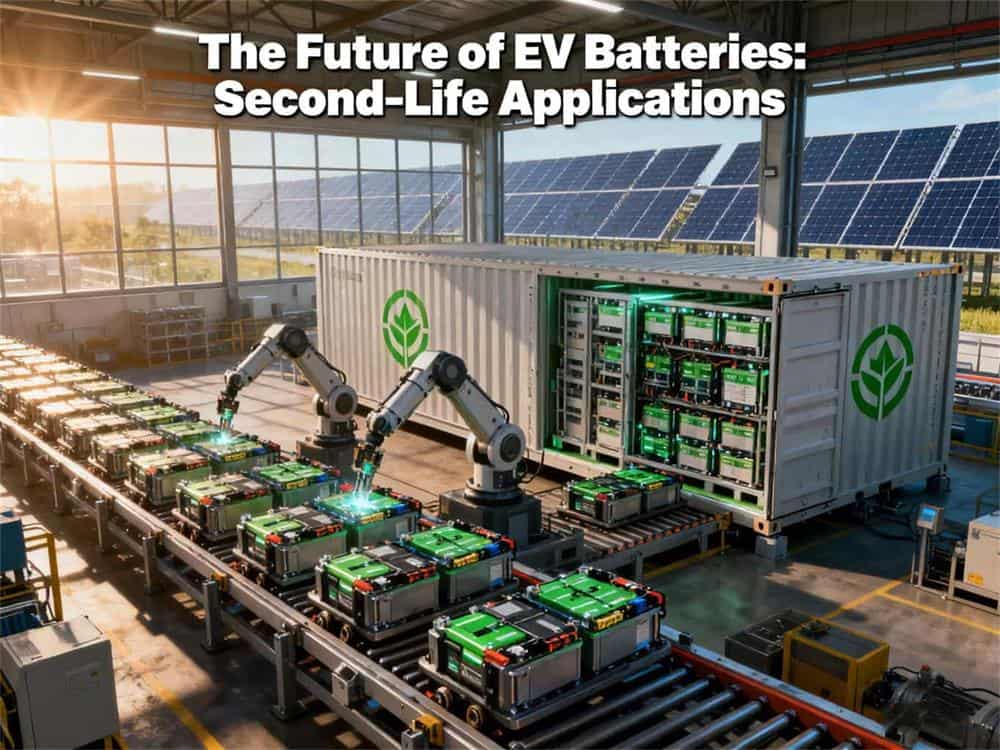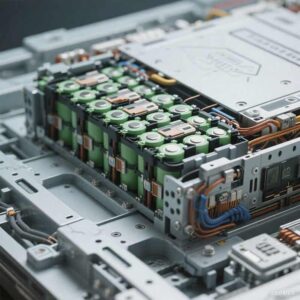The Future of EV Batteries: Recycling, Sustainability, and Second-Life Applications
Electric vehicles (EVs) are changing the world of transportation, and at the core of this transformation is the evolution of battery technology. As demand for EVs grows, understanding the future of EV battery recycling and sustainable practices in the industry is essential. This post explores innovations in battery recycling, the growing trend of second-life battery applications, and how the circular economy is revolutionizing the way we approach energy storage.
Innovations in EV Battery Recycling
Recycling EV batteries has never been more critical. With millions of electric vehicles hitting the roads, the demand for effective and efficient battery recycling processes is on the rise. New advancements, such as direct recycling methods, promise to make the recovery of valuable materials like lithium, cobalt, and nickel faster and more cost-effective.
Recycling also reduces environmental impact by reducing the need for mining and cutting down on pollution associated with battery production. This progress is key to ensuring the sustainability of the EV industry.
But you know? Lead-acid battery is easy to recycle and use directly, but it will produce more pollution when it is scrapped or discarded at will.
However, the lithium battery is more eco-friendly and has a longer lifetime. That’s why more and more people would like to turn to using lithium battery, especially the Lifepo4 material made.

The Rise of Second-Life Battery Applications
Once EV batteries reach the end of their automotive life, they still hold immense value. Second-life batteries are being repurposed for energy storage, contributing to a more sustainable energy grid. These batteries are crucial for balancing the intermittent nature of renewable energy sources like solar and wind.
Through second-life applications, we can significantly extend the useful life of batteries while reducing waste, supporting a circular economy that benefits both the environment and the economy.
Circular Economy and Sustainability in EV Batteries
The circular economy plays a pivotal role in creating a sustainable future for EV batteries. By designing batteries that are easier to recycle and repurpose, manufacturers can reduce waste and reliance on virgin materials. Recycling not only conserves resources but also cuts down on environmental pollution.
The integration of circular principles into battery production is essential for reducing the carbon footprint of electric vehicles and ensuring that battery production remains sustainable for years to come.
The Future of EV Batteries and Key Trends
The future of EV batteries is bright, with several key trends shaping the industry. Advances in battery chemistry and recycling technology are set to make batteries more efficient, cost-effective, and sustainable. Solid-state batteries, for example, are expected to offer higher energy densities and greater safety.
In addition, recycling infrastructure is rapidly expanding to support the growing demand for EV batteries. These developments will make the transition to electric vehicles even more viable and sustainable.
Conclusion: Paving the Way for a Sustainable EV Future
As the EV market continues to expand, the importance of battery recycling, second-life applications, and a circular economy will become even more evident. These innovations are not just necessary for the environment but also for the continued growth and success of the EV industry.
By investing in sustainable technologies and fostering collaboration between industry leaders and governments, we can build a future where EV batteries are part of a closed-loop system that benefits everyone.






